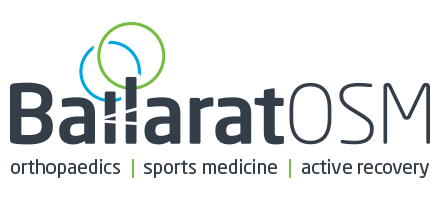Knee arthroscopy has been a godsend to people with knee complaints, one of the most common being a torn cartilage. The historical operation was on open menisectomy, but even in 1937 it was observed that menisectomy lead to degeneration of the compartment, and eventual arthritis. The modern arthroscopic operation since the 80’s is better at retaining as much meniscus as possible, minimising arthritic progression in a knee. In avascular – “white white” tears, and degenerate tears, menisectomy is still mainstream. Some patients have continuing aching and are unable to return to sport or the activities they desire.
Arthroscopic meniscal repairs have been reported since 1986. Some meniscal tears are still better treated with an additional open incision – the lateral meniscus posterior to the popliteal hiatus is perhaps the best example. Successful results require any instability to be addressed, a well aligned knee and augments to meniscal repair such as fibrin clot, vascular access channels, and synovial abrasion are routine. Most common tears repaired are peripheral tears, bucket handle tears, but it is also possible to repair some horizontal cleavage tears. More recently, meniscal root tears have been identified as tears that cause a rapidly progressing arthritis as the mensicus is often “extruded” from the joint, functioning as a total mensiectomy. These too can be repaired into a prepared bone tunnel with transtibial sutures although other techniques are being developed.
Realignment Surgery may be appropriate for cases that have previously had a menisectomy, or patients who have localised pain but no tear. The younger they are, the more they benefit, indeed children can have the knee realigned with partial and often temporary epiphyseodesis using “8 plates”. In adults, either opening or closing wedge osteotomies of the tibia or femur are undertaken.
Meniscal allograft transplantation (MAT) is a valid consideration in patients with post menisectomy pain, in a well aligned, non arthritic knee. Luke Spencer has fellowship training in MAT and has undertaken a number of cases since joining our group. Patients who are mal-aligned need corrective osteotomy in addition to the MAT.
Other pre arthritic conditions are knee instability, patellofemoral malalignment, and traumatic conditions. We have previously done chondrocyte grafting for traumatic chondral lesions of the knee, but these have become cost prohibitive since Medicare and private health funds withdraw support. Where weight is a factor, we refer some patients on for consideration of gastric sleeve surgery or laparoscopic banding which makes a major difference to knee pain.
An audit of our practice over the last 11 years indicates 140 meniscal repairs, 64 tibial osteotomies, 12 femoral osteotomies, 56 major patellofemoral reconstructions, 305 anterior cruciate reconstructions, 31 revision ACL reconstructions and 25 posterior cruciate reconstructions (many of which are part of multi ligament reconstructions). Members of Ballarat Orthopaedics can refer amongst themselves to deal with “sub-specialist” surgery.
– Mr David Mitchell
